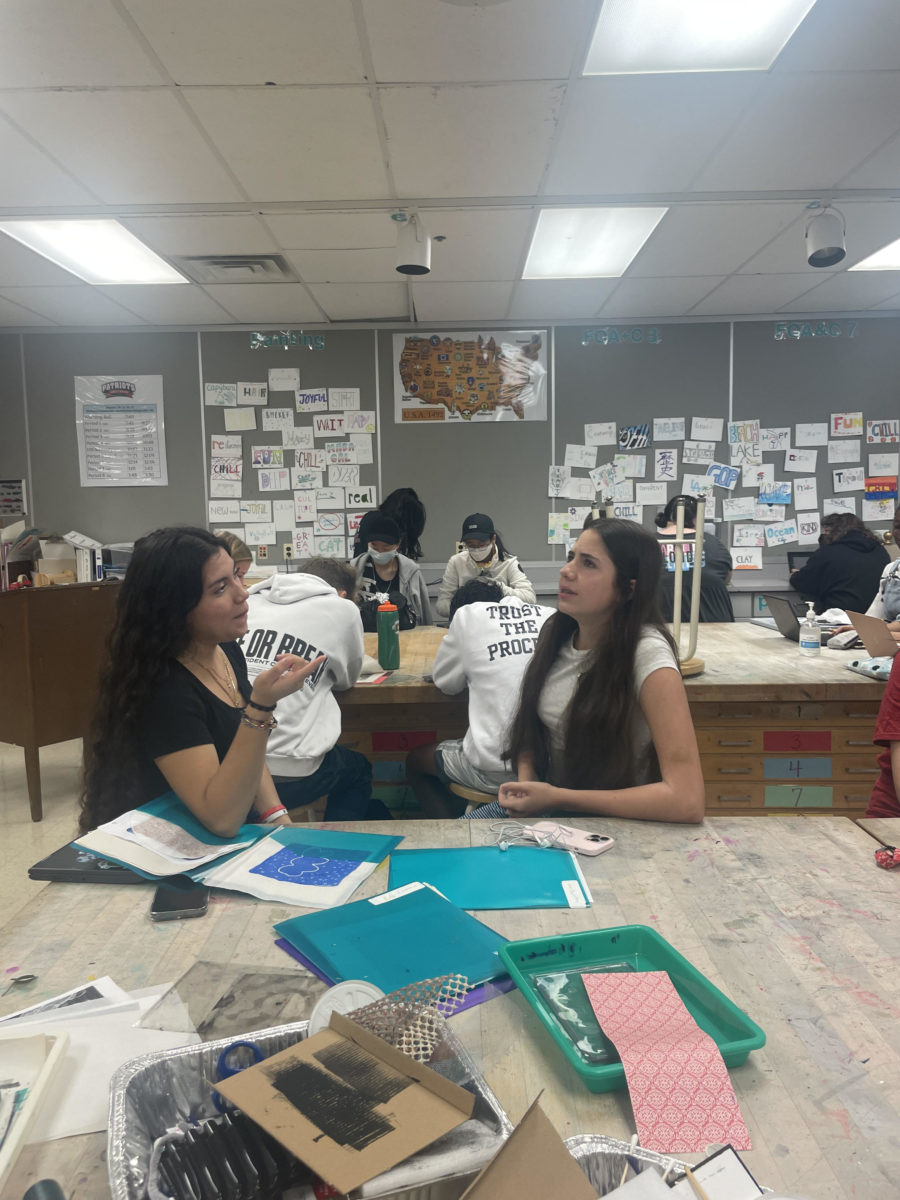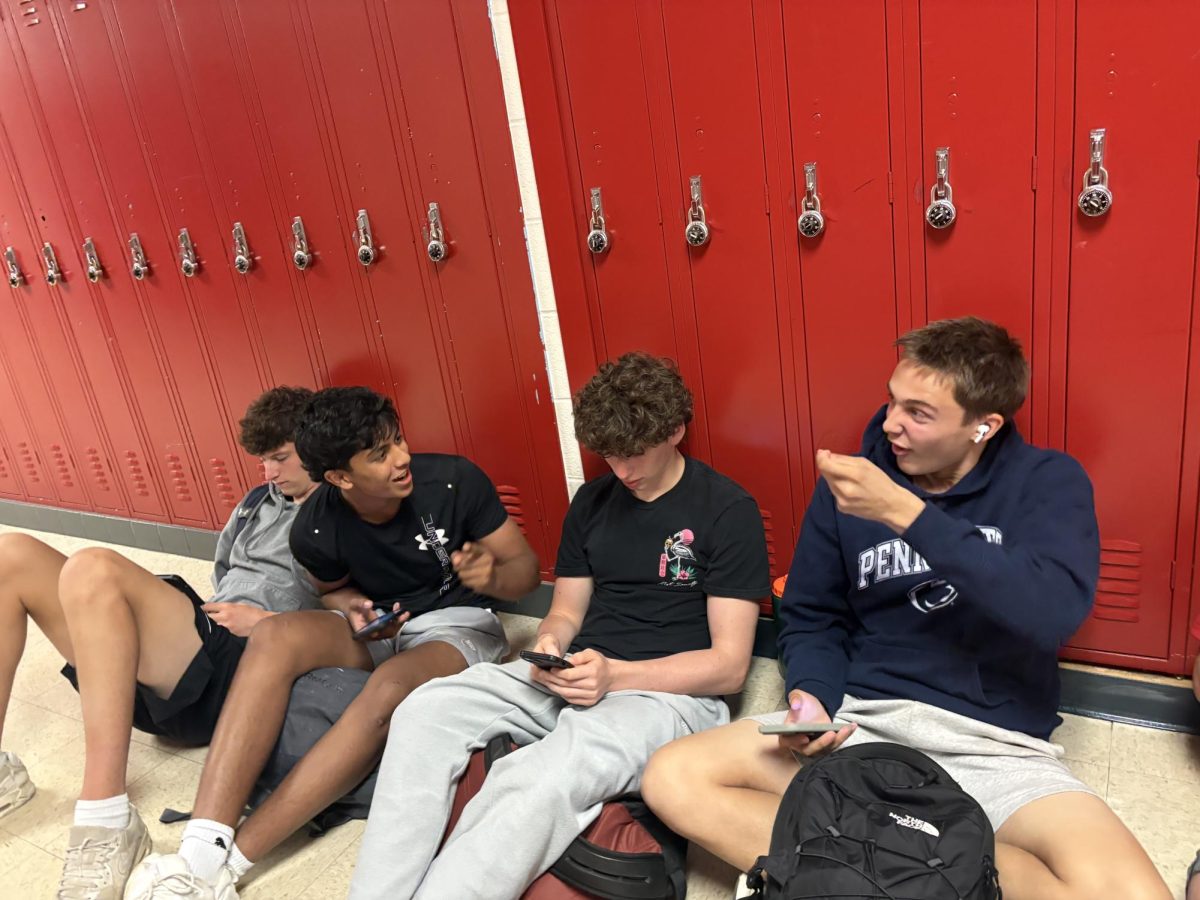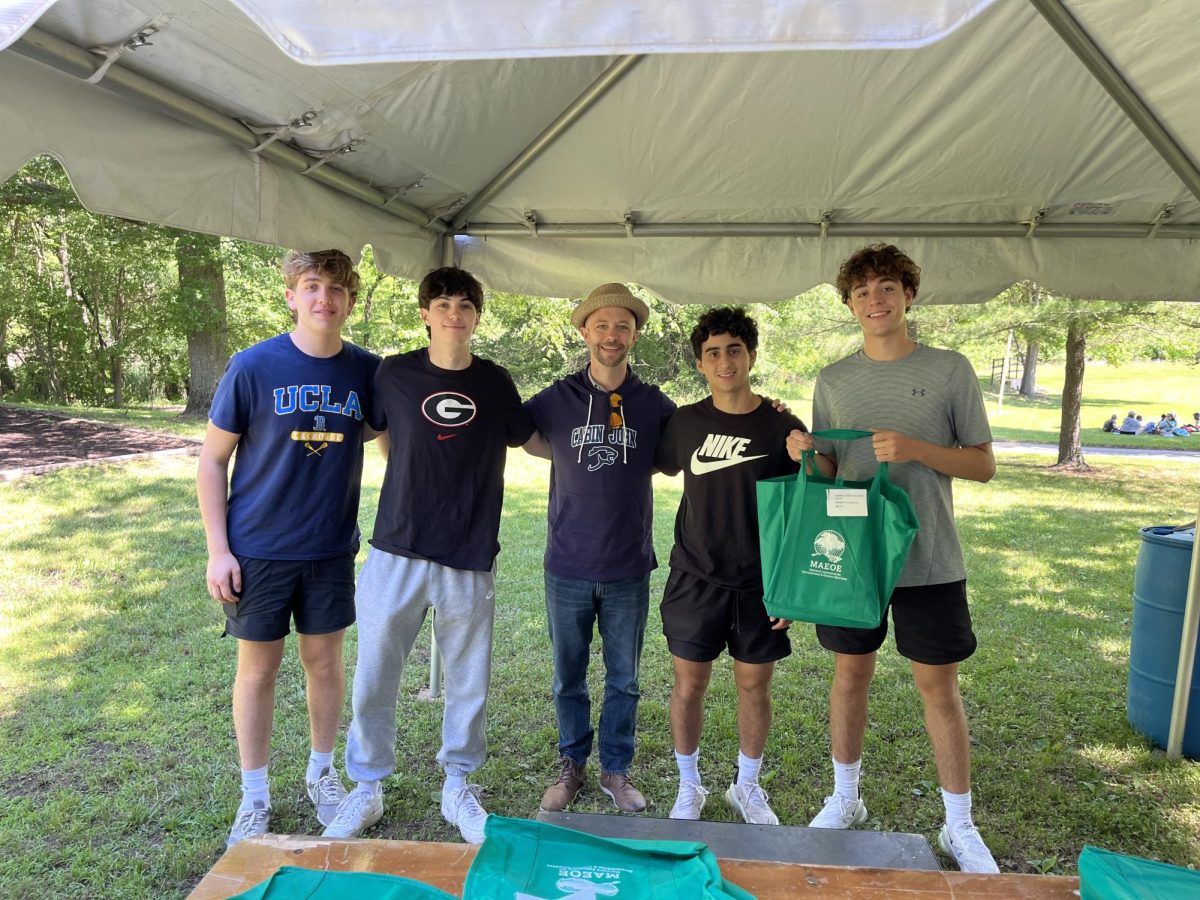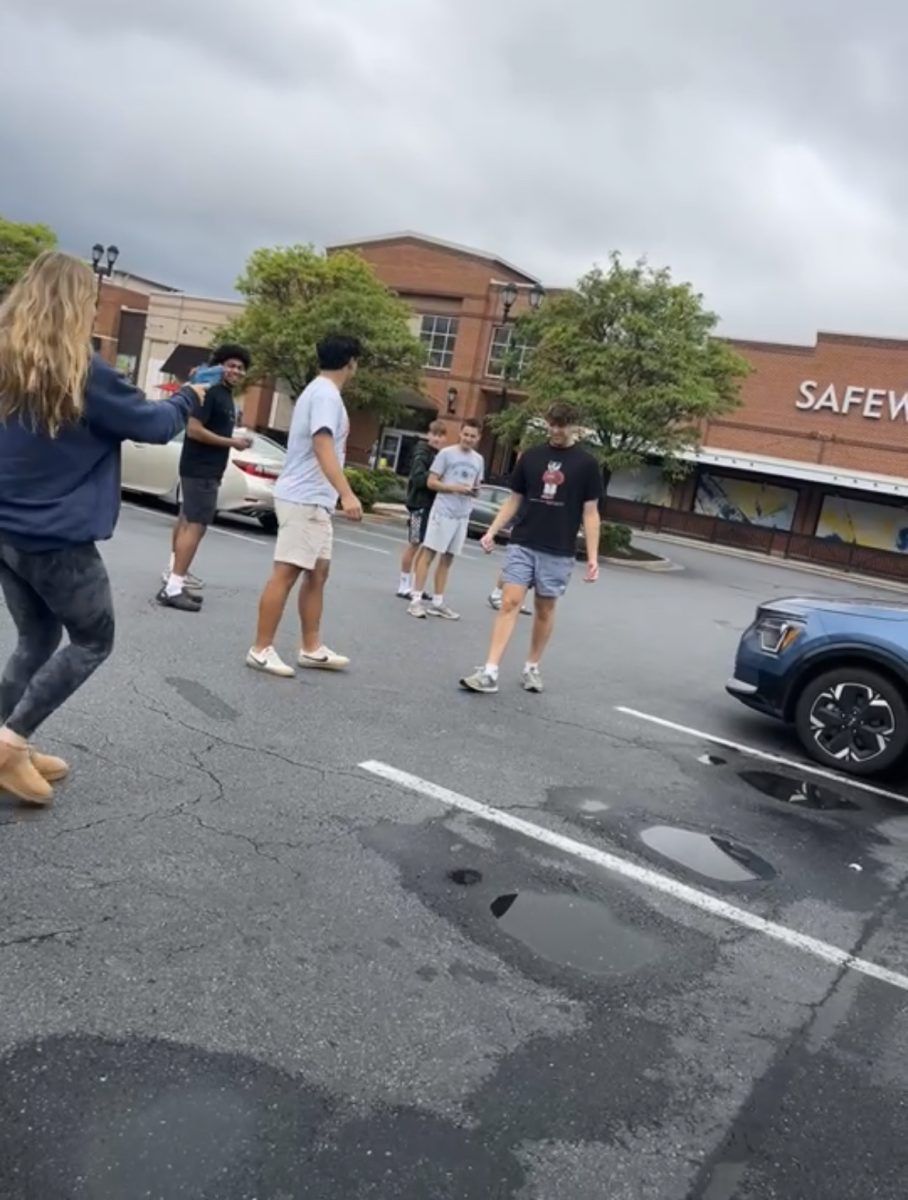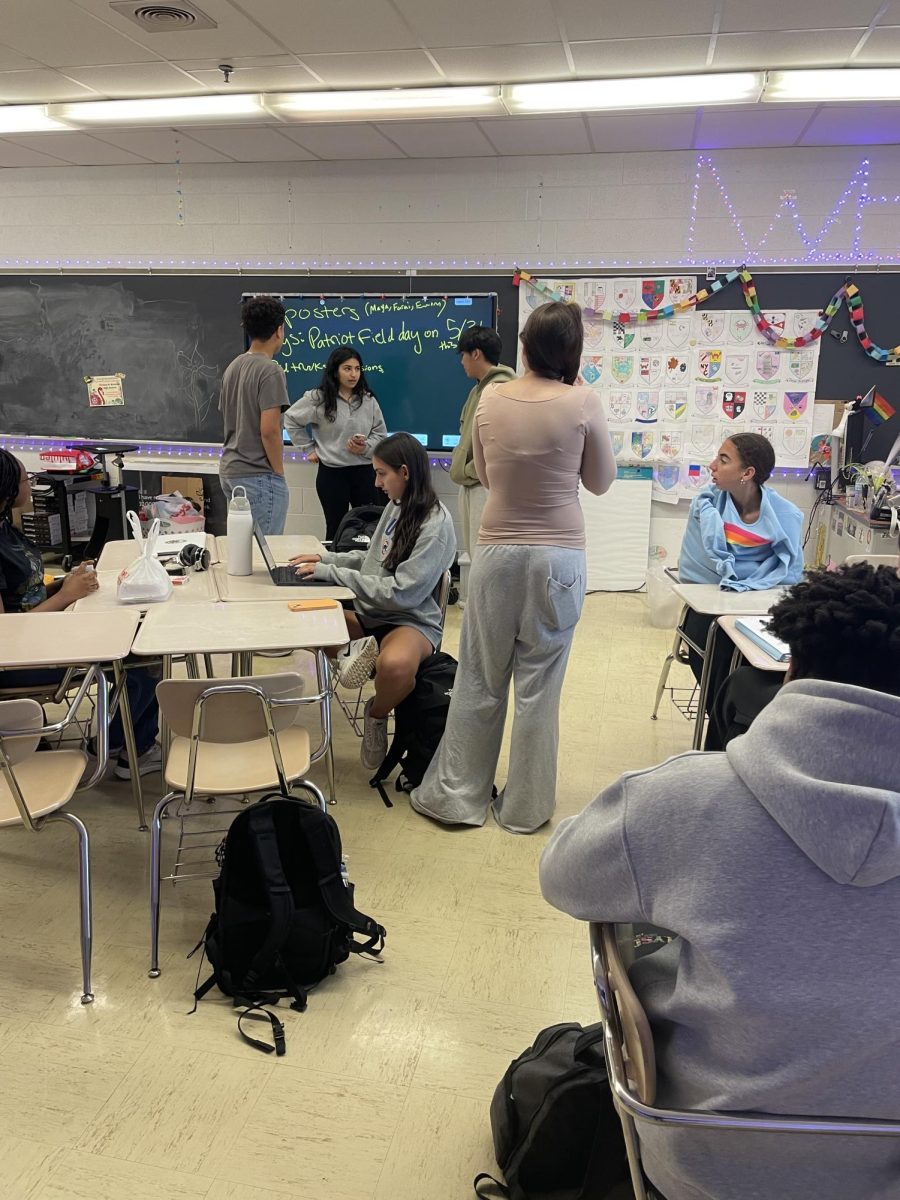Does it ever feel like before the pandemic, students were more engaged in social events and sports, or spent less time on their phones? Have students always been detached from their peers?
Since high school students were still in middle or elementary school when the pandemic started, they missed out on a large chunk of the social and emotional changes that happen around those ages, and might actually be less socially equipped than high schoolers pre-pandemic. For this age group, “The pandemic and excessive screen time may have other important long-term physical and mental health implications at a time of life in which they are shaping themselves into the young adults that they will be regarding friend groups, healthful behaviors, habits, and hobbies,” according to the National Institute of Health (NIH).
Missing out on important coming-of-age milestones such as starting middle school, going through an awkward phase and the day-to-day interactions with peers shape us into the people we become, and without it, students might feel socially inept or disconnected from their peers. “I think that it has stunted student’s ability to communicate in person, as they rely on internet communication and cannot hold conversations in person,” junior Maggie Hennessy said.
Sports teams are a large factor in the interactions of students, as they unite a group of people and often students stick with those friends for the rest of their high school careers. In post-pandemic years, teams are seeing less unity in students of all ages. “After the pandemic, people are just used to being less social,” sophomore Maya Hendricksson said.
Pre-pandemic, 25% of middle school and high school‐aged children met the recommended average of 60 minutes of daily physical activity. According to the NIH, during the pandemic, this percentage dropped to 13.5%, largely due to the reduction of structured physical activity through organized sports.
With the change in student behavior, it’s not difficult for teachers to see the difference in students pre and post-pandemic, with students constantly getting distracted and teaching becoming a more difficult task. After the pandemic, the NWEA conducted a study that found that math and reading scores for America’s 13-year-olds are the lowest they’ve been in decades, a full three years after the pandemic started. “According to education, students are responsible for nothing. There has been less responsibility after the pandemic, and you guys [students] take less responsibility for your academics than the students before you,” math teacher Eva O’Keefe said.
So, when will students go back to behaving the way that they used to? Will this be when all students in the school system at the time of the pandemic have graduated? Will students ever go back to the way they used to be? While we might not know right now, the aftereffects of the pandemic are apparent, and there is no telling how this will impact the social lives of this generation as they become adults.


